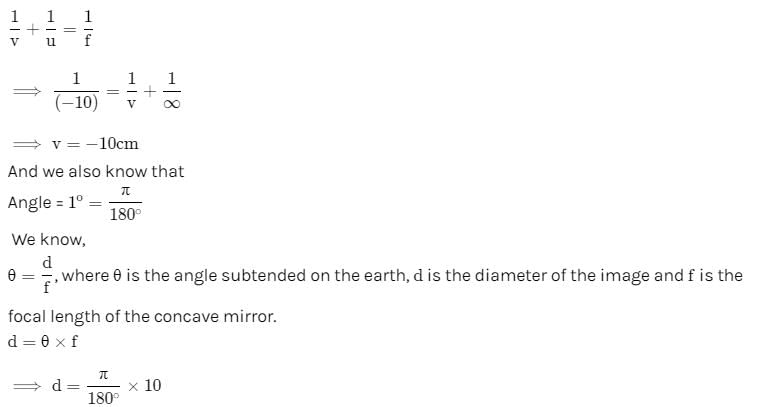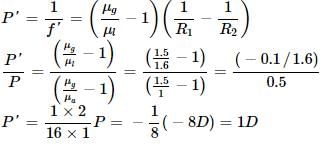DSE Odisha TGT Science PCM Mock Test - 10 - OTET MCQ
30 Questions MCQ Test DSE Odisha TGT Mock Test Series 2025 - DSE Odisha TGT Science PCM Mock Test - 10
Which institution signed a Memorandum of Understanding (MoU) with Conlis Global for licensing an innovative bone healing technology?
India is situated between which latitudinal and longitudinal coordinates?
What is the jurisdiction of a High Court in original cases?
Which of the following is a corrosion resistant metal found abundantly in Odisha?
A, B, C and D are four numbers. D is 80% of C which is 20% less than B, which is 200% more than A. If the difference between A and D is 46, what is the value of B?
Pipes R and T together can fill a tank in 40 minutes. If Pipe R alone can fill it in 90 minutes, in how many minutes can Pipe T alone fill it?
A number is divided into two parts in such a way that 75% of the 1st part is 12 less than 30% of the 2nd part and 50% of the 2nd part is 56 more than 80% of the 1st part. What is the number?
A and B can complete a work in 40 and 50 days respectively. First A completed 60% of the work and then left the work. After him B completed the remaining work. For how many days does B work?
Which one of the following is a search engine?
Which term refers to a specific set of values saved with the workbook?
In order to avoid gender stereotyping in class, a teacher should:
Young learners should be encouraged to interact with peers in the classroom so that:
A concave mirror of radius of curvature 20 cm forms image of the sun. The diameter of the sun subtends an angle 1° on the earth. Then the diameter of the image is (in cm)
In Young’s double slit experiment, the distance between the two slits is halved and the distance of the screen from the slit is doubled. The fringe width will be
If R1 and R2 are the radii of curvature of a double convex lens, which of the following will have the largest power?
A thin glass (refractive index 1.5) lens has optical power of -8 D in air. Its optical power in a liquid medium with refractive index 1.6 will be :
An infinitely long rod lies along the axis of a concave mirror of focal length f. The near end of the rod is at a distance u > f from the mirror. Its image will have a length
The connecting wires of a battery of an automobile carry 200 A of current. Calculate the force per unit length between the wires if they are 50 cm long and 2 cm apart?
The sensitivity of the potentiometer can be increased by:
Which of the following elements has the largest ionisation enthalpy?
Few elements are matched with their successive ionisation energies. Identify the elements.


The conductivity of 0.20 M solution of KCl at 298 K is 0.0248 S cm-1. Calculate its molar conductivity.























